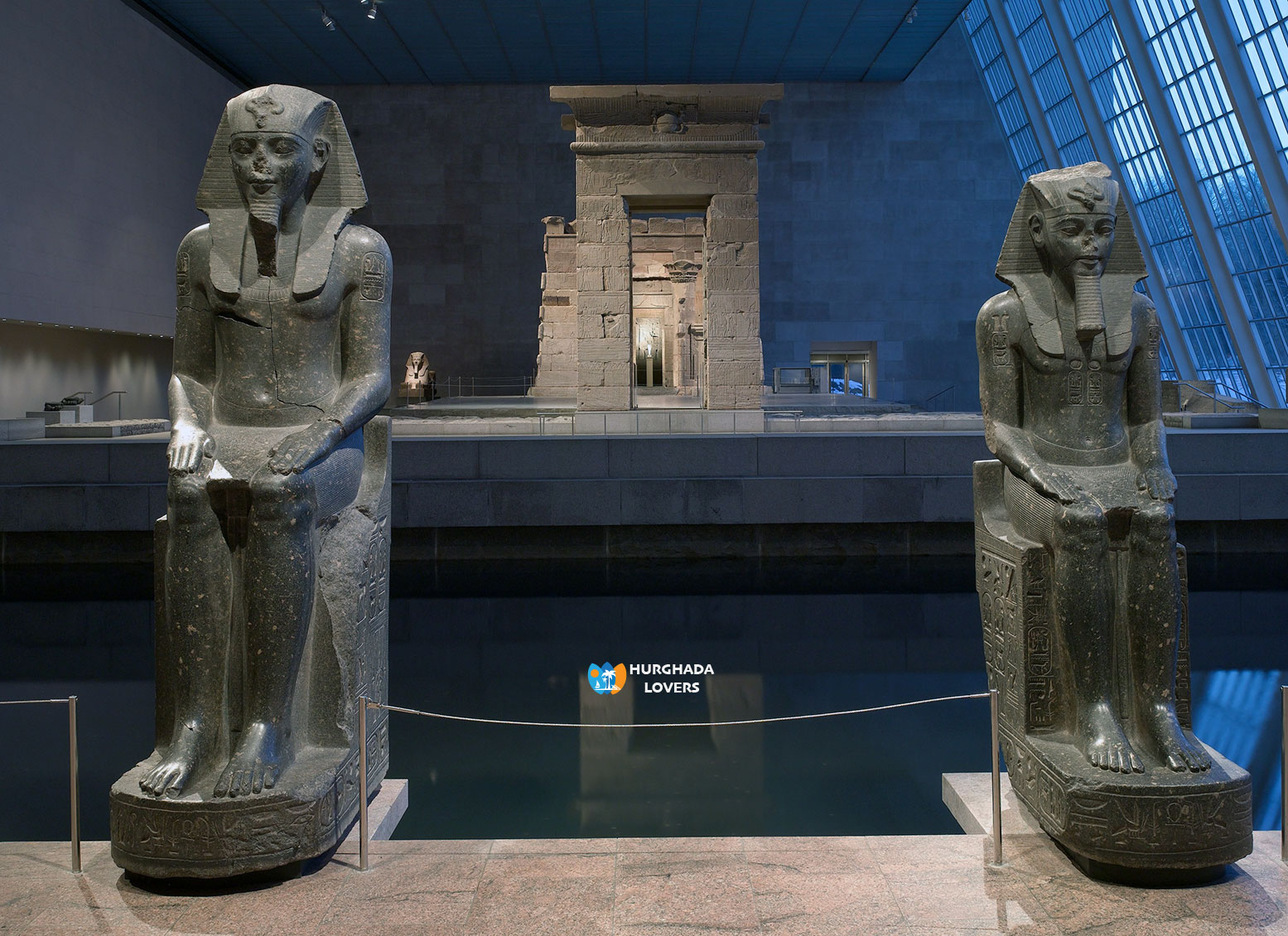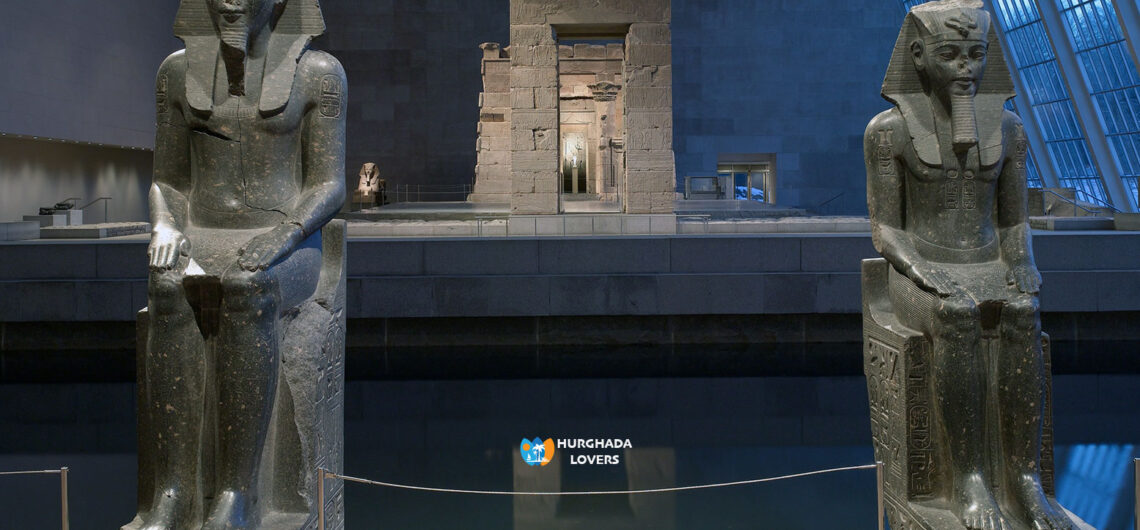The Metropolitan Museum of Art, New York, USA | Facts and history Egyptian Antiquities artifacts & How many Egypt collection, mummies Pharaohs and more…
The Metropolitan Museum of Art, New York, USA | Facts and history of the most famous and largest museums in the world and the holdings and pharaonic Egyptian antiquities it contains and more.
The Metropolitan Museum is one of the largest museums in the United States and is located in New York City, and the museum contains nearly 2 million masterpieces, including Egyptian antiquities, learn about another set of information about the museum below.
Hurghada lovers Offer Luxury Hurghada to Pyramids Tours | El Gouna to Pyramids Tours | Makadi bay to Pyramids Tours | Sahl Hasheesh to Pyramids Tours | Soma bay to Pyramids Tours .
The Metropolitan Museum of Art
• The Metropolitan Museum has 17 organizational departments, being the largest art galleries in the world.
• The museum includes a collection of European artifacts and art dating back to the Middle Ages.
• There is also a large selection of costumes and accessories, as well as musical instruments, armour, and weapons.
• The pieces displayed in the museum belong to different civilizations around the world, and there are designs inside the museum that date back to the first century in Rome.
• Inside the museum there are nearly 26,000 artifacts dating back to Egyptian history, all of which date back nearly 300,000 years.
Egyptian Antiquities in the Metropolitan Museum
• In the museum there is an external sarcophagus of Amun-Re-Hantawi, a sarcophagus of the singer Amun, who was buried in a looted tomb.
• The burial of Amun included a group of coffins and jewelry, and the body was wrapped in layers of linen dressings.
• The head of King Seti II is one of the most famous Egyptian antiquities in the museum. This piece dates back to 1194 BC.
• The head belongs to the body of the statue, which is currently located in the Temple of Amun in Luxor.
• The crown on the head is painted blue, the forehead is yellow and the face is red.
• There is also inside the museum a statue of the Sphinx of Queen Hatshepsut, dating back to 1458 BC.
• This anthropomorphic figure comes with a lion’s body and a human head, wearing a false beard, as well as a headdress.
• This statue belongs to the funerary temple of Hatshepsut, located in Deir el-Bahari.
Antiquities of the Metropolitan Museum
• The museum also contains the head of King Tutankhamun, which dates back to 1327 BC.
• The head belongs to a group of depicted statues of the god sitting on the throne in front of him, Tutankhamun.
• The body of Tutankhamun in this anthropomorphic was much smaller compared to the size of the body of the god.
• Remains of the entire figure, the right hand of the god, which was touching the back of the crown of King Tutankhamun during the coronation rituals.
• The crown that comes on Tutankhamun’s head is most likely a helmet made of leather and studded with metal and blue discs.
• Also inside the museum is the head of the god Amun, which dates back to 1327 BC.
• The head of the god Amun is distinguished by a braided beard with the remains of double pillars. The statue comes with a rounded eyebrow edge and wide lips filled with sharp lines.
• The side of the chin is slightly drooping and matches the features of the statue with those of King Tutankhamun.
• Inside the museum there is also a statue of Senusret III, which dates back to 1878 BC.
• King Senusret III belongs to the Twelfth Dynasty, and his statue is distinguished by distinct and clear features.
• The statue comes with a book headdress and folded and bears the title of the headdress of the mongoose, a cap symbolizing royalty, and on top of the cap there is a cobra and refers to the goddess Ojo.
Arm panel from a ceremonial chair of King Thutmose IV
• In the past there was a ceremonial chair for King Tuthmosis IV. In the museum there is a panel from the arm of this chair.
• The chair dates back to the year 1390 BC. It is a wooden plank that comes from the left arm of the king’s throne.
• There are traces of glue on the board and it was covered with gold foil, and the king appears in the form of the Sphinx while fighting the enemies of Egypt.
• Another detail found in this tablet is a falcon in the upper right, a representation of the god Horus.
• On the other side of the board there is a picture of the king crowned and wearing the red crown, which is the crown of the sea side of Egypt, and there is the goddess in front of the king.
• The goddess was wearing a lion’s head and behind the king there is the god Thoth.


